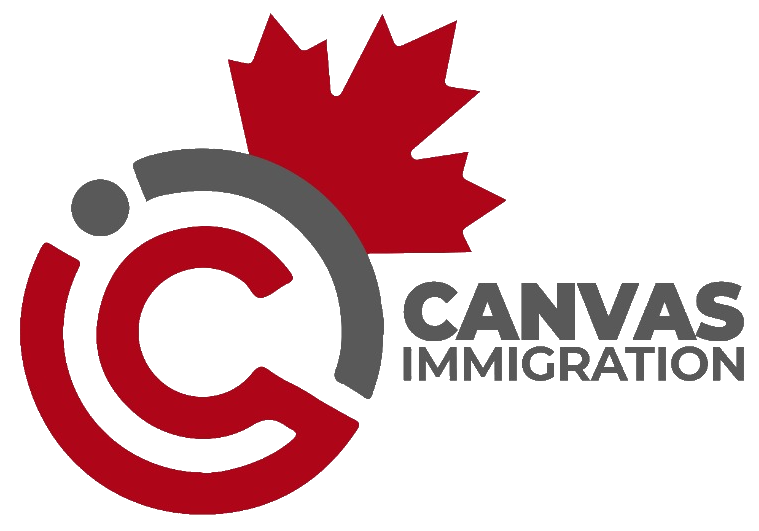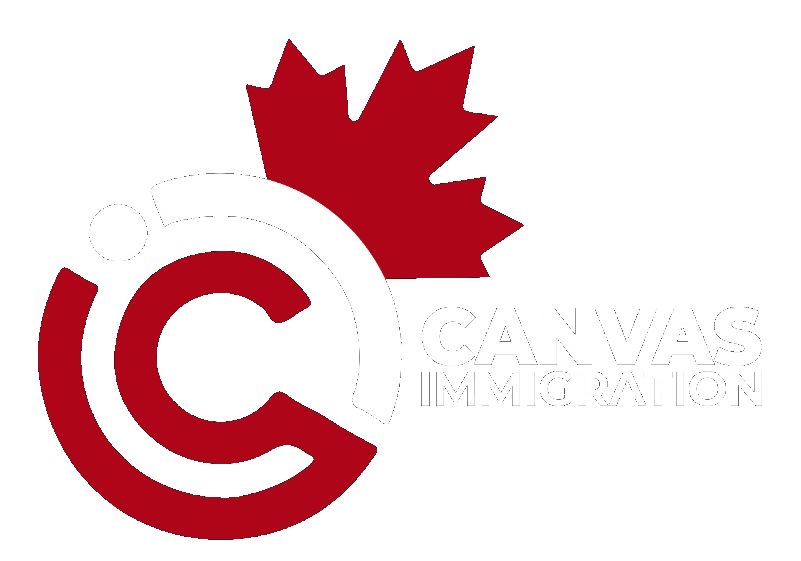Last Updated On 7 May 2025, 8:59 AM EDT (Toronto Time)
Express Entry draws, a cornerstone of its economic immigration framework, have undergone a seismic shift in 2025.
For the first time in its decade-long history, Immigration, Refugees and Citizenship Canada (IRCC) has halted all-program draws, pivoting to a highly targeted, selective approach.
While this now seems to be the new normal, the Canadian Experience Class (CEC) draws took over the all-program draws.
However, now there appears to be a pause on Canadian Experience Class (CEC) draws since February 5.
This transformation aligns with Canada’s revised immigration strategy, emphasizing labour market needs, housing constraints, and economic integration.
Let’s dive deeper into the specifics to better understand changes to the Express Entry draws in 2025.
Table of Contents
What Is Express Entry?
Express Entry is Canada’s flagship system for managing applications for three federal economic immigration programs:
Federal Skilled Worker Program (FSWP) – For skilled professionals with foreign work experience.
Canadian Experience Class (CEC) – For candidates with Canadian work experience.
Federal Skilled Trades Program (FSTP) – For skilled tradespeople.
Launched in 2015, Express Entry uses the Comprehensive Ranking System (CRS) to rank candidates based on factors like age, education, work experience, and language proficiency.
Top-scoring candidates receive Invitations to Apply (ITAs) for permanent residency.
Historically, all-program draws were the backbone of Express Entry, inviting candidates from all three programs based solely on CRS scores.
However, 2025 marks a bold departure from this model, with IRCC focusing exclusively on targeted draws and fewer CEC draws.
In a historic move, IRCC has conducted zero all-program draws in 2025, as of May 7.
Instead, invitations have been issued through:
- Provincial Nominee Program (PNP) draws – Targeting candidates nominated by provinces.
- Occupation-specific draws – Focusing on sectors like healthcare, education, and trades.
- French language proficiency draws – Prioritizing bilingual candidates.
While the year began on a positive note for temporary residents in Canada with Canadian experience, they are also in limbo since the February 5 CEC draw.
This shift reflects Canada’s strategic pivot toward immigrants who can address specific economic and societal needs, such as filling labour shortages or integrating seamlessly into French-speaking communities.
From January 1 to May 2, 2025, IRCC conducted:
- Total draws: 15
- Total ITAs issued: 33,404
- Breakdown by draw type:
- French language proficiency: 3 draws, 18,500 ITAs
- CEC: 3 draws, 9,350 ITAs
- PNP: 5 draws, 3,632 ITAs
- Occupation-specific: 2 draws, 1,500 ITAs (healthcare and education)
Key highlights:
The largest draw occurred on March 21, 2025, inviting 7,500 French-speaking candidates with a CRS cut-off of 379—the lowest of the year.
PNP draws consistently have high CRS thresholds (often 700+), as provincial nominations add 600 points to a candidate’s score.
Occupation-specific draws targeted critical sectors, reflecting Canada’s labour market priorities, but still draw sizes are small, especially for healthcare.
We are yet to see the debut of other category-based draws in 2025.
This data underscores IRCC’s focus on pre-screened candidates who are better positioned for rapid economic integration.
The elimination of all-program draws stems from several interconnected factors:
1. Reduced Immigration Targets
Canada’s 2025–2027 Immigration Levels Plan slashed permanent resident admissions from 485,000 in 2024 to 395,000 in 2025—a rare reduction after years of ambitious targets.
This shift responds to domestic pressures, including:
Housing shortages: Rapid population growth has strained Canada’s housing market, particularly in urban centres like Toronto and Vancouver.
Healthcare capacity: Overburdened hospitals and clinics have prompted calls for more selective immigration.
Economic integration: Policymakers aim to prioritize immigrants who can fill labour gaps and contribute immediately.
2. Targeted Immigration Strategy
The introduction of category-based selection in 2023 laid the groundwork for 2025’s changes.
This approach prioritizes candidates with:
In-demand skills: Occupations like nursing, teaching, and skilled trades are in high demand.
French proficiency: Bilingual candidates support Canada’s linguistic diversity and fill roles in Francophone communities.
Canadian experience: CEC candidates are already familiar with Canada’s labour market and culture.
Provincial nominations: PNP candidates are vetted by provinces to meet regional needs.
By focusing on these groups, IRCC aims to streamline processing, reduce backlogs, and ensure immigrants succeed in Canada.
3. Economic and Political Pressures
Public discourse around immigration has intensified, with debates over affordability and infrastructure.
The government is balancing the need for immigration-driven economic growth with domestic concerns about sustainability.
Targeted draws allow Canada to maintain its reputation as a welcoming nation while addressing these challenges.
A Brief History of Express Entry: From 2015 to 2025
To understand 2025’s changes, let’s trace Express Entry’s evolution:
2015: Express Entry launches, replacing first-come, first-served processing with a merit-based CRS system. All-program draws occur biweekly, with CRS cut-offs in the mid-400s.
2016–2019: The system matures, attracting skilled professionals in IT, engineering, and healthcare. Draws remain predictable, with CRS scores fluctuating between 440 and 500.
2020–2021: The COVID-19 pandemic disrupts Express Entry. All-program draws pause for over a year, with IRCC prioritizing CEC and PNP candidates. A record-breaking February 2021 draw invites 27,332 CEC applicants at a CRS of 75.
2022–2023: All-program draws resume in July 2022 but become less frequent. Category-based selection emerges in 2023, targeting specific occupations and French speakers.
2024: Only six all-program draws occur, with the last on April 24. Targeted draws gain prominence.
2025: No all-program draws, signalling a permanent shift to a strategic, occupation-driven model.
This timeline highlights Express Entry’s adaptability, evolving to meet Canada’s changing needs.
The absence of all-program draws has significant implications for Express Entry candidates.
Here’s how different groups are affected:
High CRS Scorers Without Specific Qualifications
Candidates with strong CRS scores (e.g., 450–500) but no provincial nomination, Canadian experience, or French proficiency face tougher odds.
Without all-program draws, you now need to focus on:
Provincial nomination: A nomination adds 600 CRS points, virtually guaranteeing an ITA.
Learn French: French proficiency draws have lower CRS cut-offs and larger quotas.
Gain Canadian experience: A year of skilled work in Canada qualifies candidates for CEC draws.
Target in-demand occupations: Fields like healthcare, education, and trades are prioritized.
French-Speaking Candidates
French speakers are major winners in 2024 and 2025.
With 18,500 ITAs issued across three draws this year, bilingual candidates have a clear advantage.
Low CRS cut-offs (e.g., 379) make this pathway accessible even for those with moderate scores.
PNP Candidates
Provincial nominees continue to thrive, as nominations add 600 CRS points.
However, the federal government also reduced provincial nomination quotas by almost 50% and we can say there is kind of a pause on major PNP programs such as Ontario PNP and BC PNP.
CEC Candidates
Those with Canadian work experience benefit from CEC draws, which issued 9,350 ITAs in 2025.
These draws favour candidates already integrated into Canada’s economy, but there seems to be a temporary pause on CEC draws since February 5.
Occupation-Specific Candidates
Candidates in healthcare, education, and trades have new opportunities through occupation-specific draws.
However, competition remains fierce, as these fields attract highly skilled applicants and there are not many rounds of invitations held as of May 7.
While IRCC hasn’t ruled out resuming all-program draws, the trend suggests a continued focus on targeted selection.
To put it in perspective and in simpler words, there are already 852,700 permanent residency applications under processing—enough to meet the targets for the next two years.
With fewer spots available, IRCC is prioritizing candidates who align with these realities.
Canada’s immigration system is expected to prioritize the following aspects:
Labour market alignment: Draws will target occupations with persistent shortages.
Francophone immigration: French-speaking candidates will remain a priority to support bilingual communities.
Regional needs: PNP draws will address province-specific demands.
Integration outcomes: Candidates with Canadian experience will be favored for their adaptability.
This strategic model reflects Canada’s balancing act: maintaining its global reputation as an immigration leader while addressing domestic challenges.
Canada’s Express Entry system has entered a new era in 2025, with no all-program draws and a laser focus on targeted immigration.
While this shift narrows pathways for some, it opens doors for French speakers, provincial nominees, and those in high-demand occupations.
To succeed, applicants must adapt—whether by learning French, gaining Canadian experience, or targeting in-demand roles.
By staying informed and strategic, you can turn Canada’s evolving immigration landscape into an opportunity.
Ready to start your journey?
Explore Provincial Nominee Programs, brush up on your French, or connect with a licensed immigration consultant to chart your path to permanent residency in Canada.
What is the latest Express Entry draw CRS score?
763 is the most recent CRS draw score. This is the most recent draw’s cut-off CRS score. An offer to apply for Express Entry would have been sent to everyone with this score or above.
Is CRS expected to drop in 2025?
Yes, CRS scores are projected to fall in 2025, especially with the loss of job offer points. This modification, which took effect in March 2025, affects how candidates are rated in the Express Entry system, perhaps resulting in lower CRS cut-off scores for drawings.
Is 450 a good CRS score for Canada PR?
450 is not a good CRS score for all programs or the general Canadian Experience Class (CEC) in 2025, but it is quite a promising score if you are eligible for French or Trades category-based draws.
Muskan Kaura
Something went wrong. Please refresh the page and/or try again.
You may also like: New Canada Employment Insurance Rules Effective April 2025
Canada’s Express Entry Permanent Residency For Skilled Workers
New Ontario Trillium Benefit Payment To Be Sent On May 9
5 New CRA Benefit Payments Coming For Ontario Residents In May 2025

